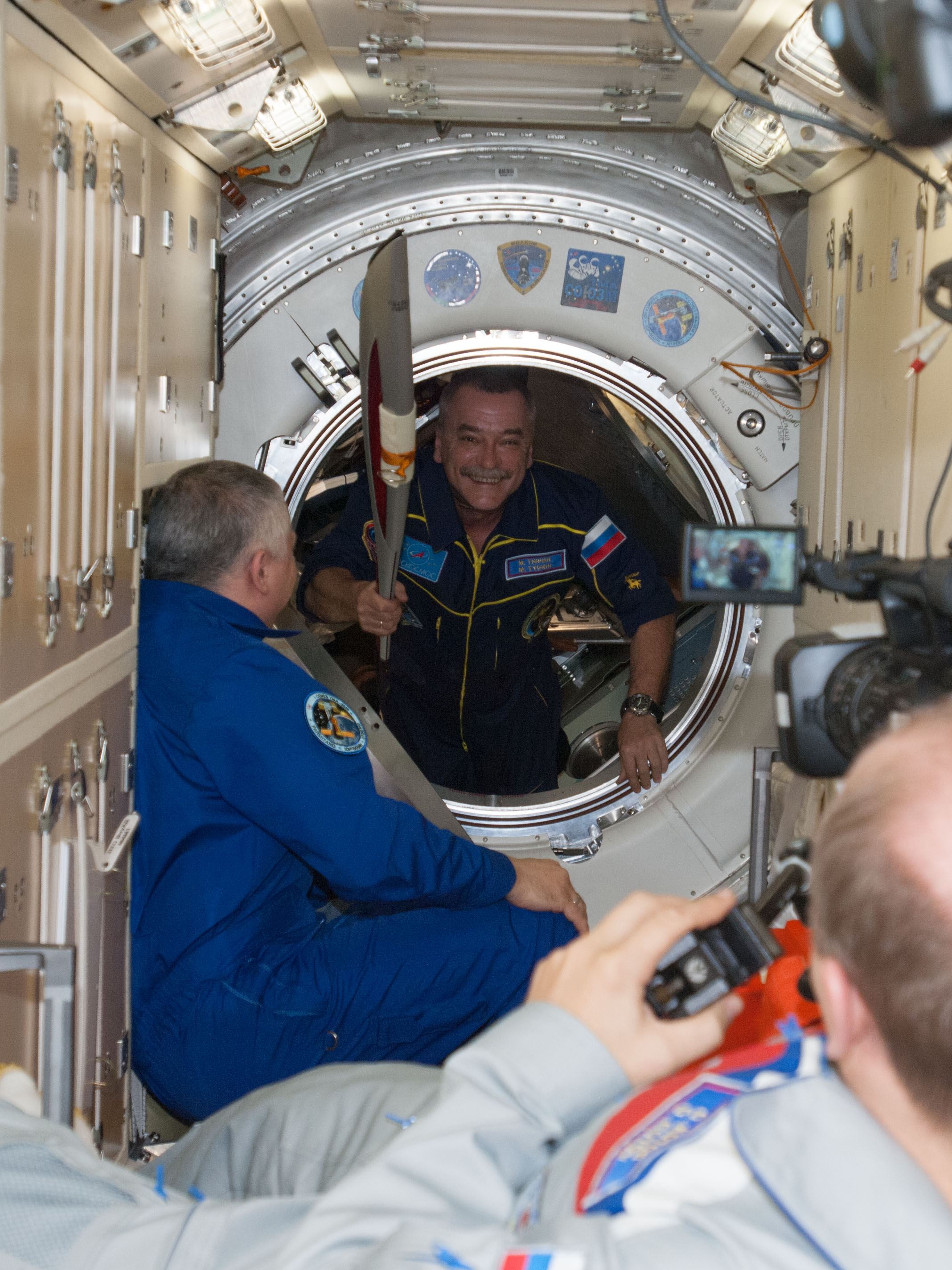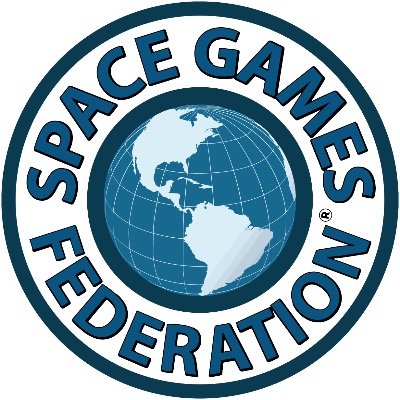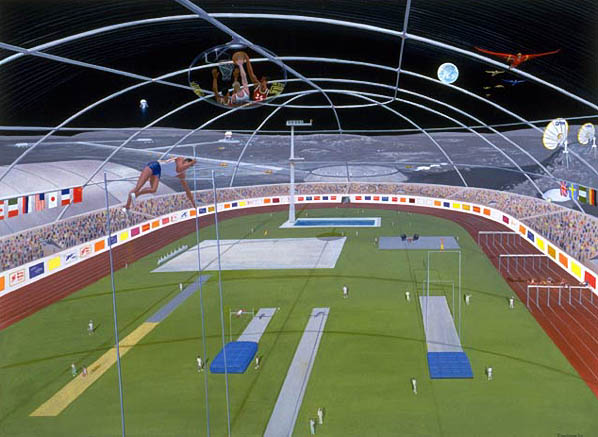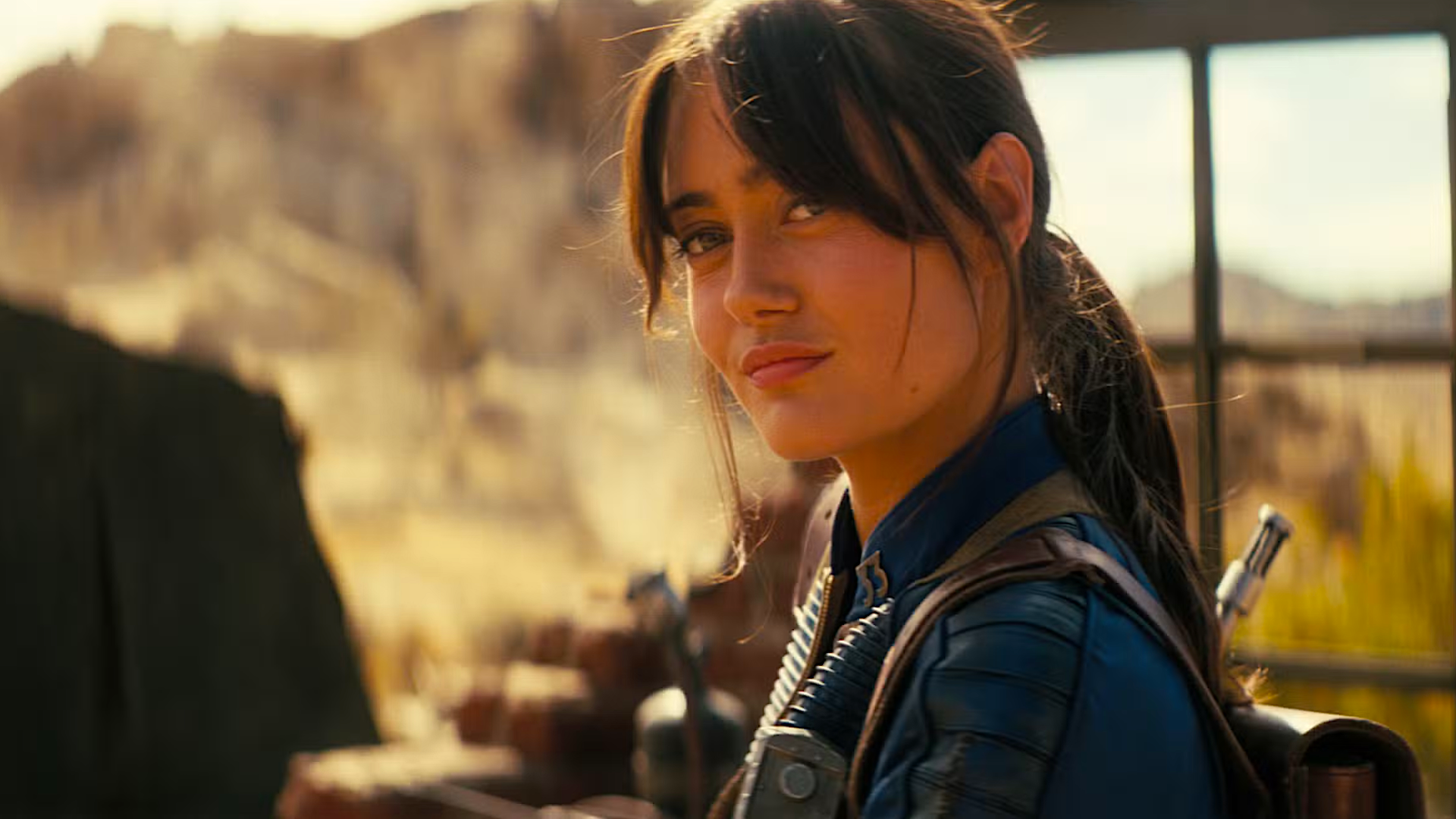Let the space games begin! Ideas for off-Earth sports move to center court

Space dodgeball would be pretty fun.

An alliance of experts in space, sports and the entertainment industry are designing and developing original games exclusively for low or microgravity playing fields.
The group, known as the Space Games Federation, has already identified a number of prospective game concepts, from guiding a magnetic ball through hoops in space to space dodgeball, as well as racing the clock to tie an increasingly complicated series of knots while tethered to a teammate.
"Our focal points are entertainment, engagement and education," Space Games Federation founder Linda Rheinstein told Space.com.
"We see new playing fields, new rules and taking new and traditional competitive organized sports to parabolic aircraft, spaceships, space stations … the moon, Mars and beyond," added Rheinstein, who's a member of the Sports Broadcasting Hall of Fame. "They are all our various playing fields."
Photos: The first space tourists

Leveling the playing field
To help characterize space sports ideas, Rheinstein said, the Space Games Federation launched a highly successful Equal Space Challenge competition, inviting the public to design and develop original games exclusively for low or microgravity environments.
"The absence of gravity levels the playing field," Rheinstein said.
Breaking space news, the latest updates on rocket launches, skywatching events and more!
General submissions to the Federation's Equal Space Challenge were open from competitors of all ages, genders, levels of ability or disability and nationalities. Space sport concepts were evaluated based on four key factors, each weighted at 25%: concept and feasibility, game strategy, community engagement and submission execution.
"Competition has always been the way that you forward education … you forward fun … you forward entertainment. Everything is a competition," Rheinstein said. "It's time to redefine sports, create new jobs and new idols called 'astroletes' that take on competitive sports in space that are more challenging than anything on Earth."
An astrolete is an individual with the core skills of an astronaut and the spirit of an athlete, which can then be applied to athletic endeavors in space.

Fans looking on
Rheinstein said the greatest thing about sports is that there are fans. "Those fans will watch sports in space, even though some would never want to get on a rocket as long as they live," she said. "But they certainly want to watch sports played in space."
Space sports could serve as a venue for respectful, good-faith negotiation, communication and cooperation, Rheinstein said.
A "personal passion project" of Rheinstein is seeing the International Space Station recognized for what it has done over the past 20-plus years. "It is off the Earth for the Earth," she added, advocating that the orbiting outpost be nominated for the Nobel Peace Prize.
"In light of the many challenges humanity is currently facing," Rheinstein said, "the ISS remains steadfast in its commitment to global cooperation."
The Space Games Federation doesn't just embrace fun, tourism and competition; it's also resolute about education, science and collecting data "not only for our sports leagues and astroletes, but for the greater good as we explore our universe," Rheinstein said.
Bright future
A supporter of the Space Games Federation is John Spencer, an architect with an eye toward outer space who sees a bright future beyond the sky for sports and entertainment.
Spencer is founder and president of the Space Tourism Society. He'll underscore how to profit from the space experience economy during the Society's conference this April in Los Angeles.
"Real space sports started in early 1971 when Alan Shepard hit two golf balls on the lunar surface during the Apollo 14 mission," Spencer told Space.com. "In the low gravity and no atmosphere, Shepard said they went 'miles and miles and miles.'"
Spencer also points to skydiving in a space suit from a balloon floating more than 100,000 feet (30,000 meters) above Earth, noting that the beverage company Red Bull sponsored one such jump.
Another example, he said, is the nascent outer space yachting industry, which is starting to scope out futuristic plans for racing solar-sailing yachts close to the lunar surface in America's Cup-style competitions.
Toss in for good measure dune buggy racing on the moon, Spencer added. This concept, modeled after the Baja 500 annual race, is in the early thinking stage. Ideas are also floating around for skiing down steep slopes on the moon and on Mars.
"All of these amazing future competitions off-world will capture Earth-wide audiences with great entertainment that highlights courage and imagination and super-advanced technology," Spencer said.
For more information on the Space Games Federation, visit the organization's website. A video detailing the Space Games Federation is available here.
Leonard David is author of the book "Moon Rush: The New Space Race," published by National Geographic in May 2019. A longtime writer for Space.com, David has been reporting on the space industry for more than five decades. Follow us on Twitter @Spacedotcom or on Facebook.

Leonard David is an award-winning space journalist who has been reporting on space activities for more than 50 years. Currently writing as Space.com's Space Insider Columnist among his other projects, Leonard has authored numerous books on space exploration, Mars missions and more, with his latest being "Moon Rush: The New Space Race" published in 2019 by National Geographic. He also wrote "Mars: Our Future on the Red Planet" released in 2016 by National Geographic. Leonard has served as a correspondent for SpaceNews, Scientific American and Aerospace America for the AIAA. He has received many awards, including the first Ordway Award for Sustained Excellence in Spaceflight History in 2015 at the AAS Wernher von Braun Memorial Symposium. You can find out Leonard's latest project at his website and on Twitter.
